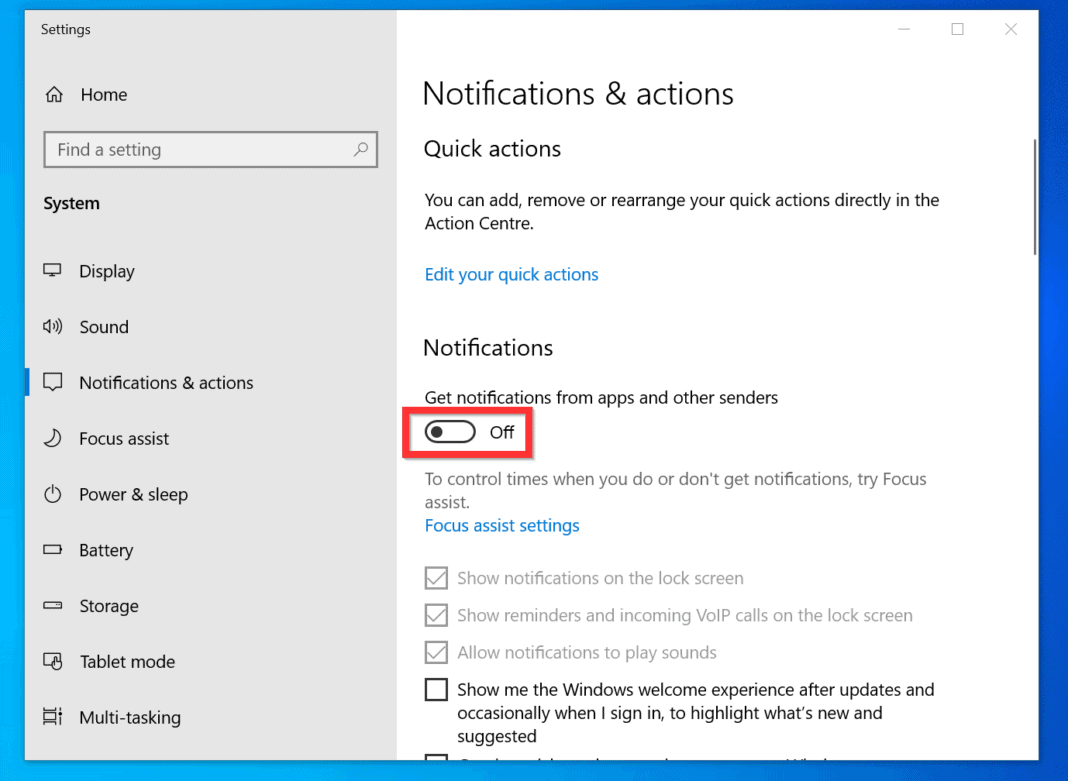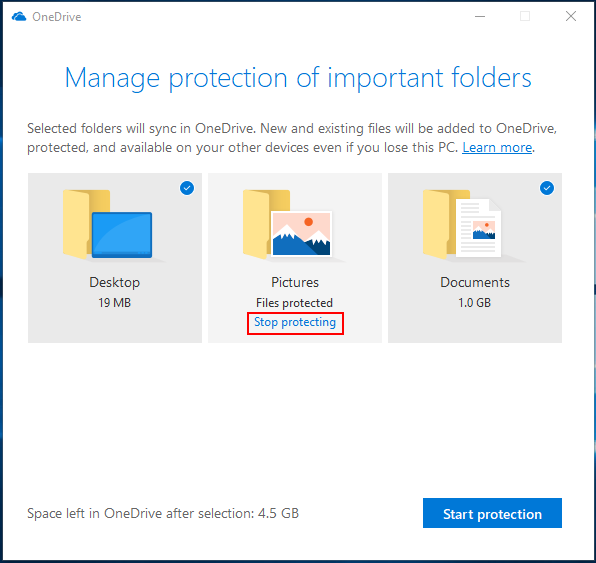

If you sign into Microsoft Edge with a Microsoft account or a work or school account and do not have an identity on your Windows 10 profile, the specific account is added to your Windows 10 profile unless you specifically choose to not add it to Windows 10 while signing in. If a new identity is added to the operating system and your Microsoft Edge profile does not currently have an identity, Microsoft Edge adds the specific identity to your profile. If Microsoft Edge does not detect your identity from the operating system, you may sign into Microsoft Edge from edge://settings/profiles. If Microsoft Edge detects your identity from the operating system but you do not want to remain signed into Microsoft Edge, go to edge://settings/profiles and either sign out or remove your profile. To sign you in seamlessly, when you first launch Microsoft Edge, it attempts to detect your identity from the operating system.

Signing in to Microsoft Edge provides additional features to make the browser more productive for you. You can sign in to a profile in Microsoft Edge with your Microsoft account or your work/school account. The new Chromium based Microsoft Edge is supported on all versions of Windows 7, Windows 8.1, Windows 10, Windows Server (2016 and above), Windows Server (2008 R2 to 2012 R2), and macOS. This new Microsoft Edge runs on the same Chromium web engine as the Google Chrome browser, offering you best in class web compatibility and performance.

Microsoft has adopted the Chromium open source project in the development of Microsoft Edge on the desktop to create better web compatibility. How to Enable, Disable, or Force Sign in to Microsoft Edge Chromium


 0 kommentar(er)
0 kommentar(er)
